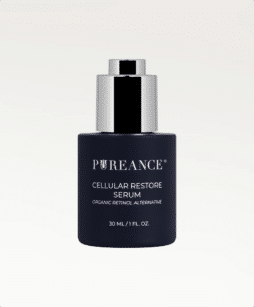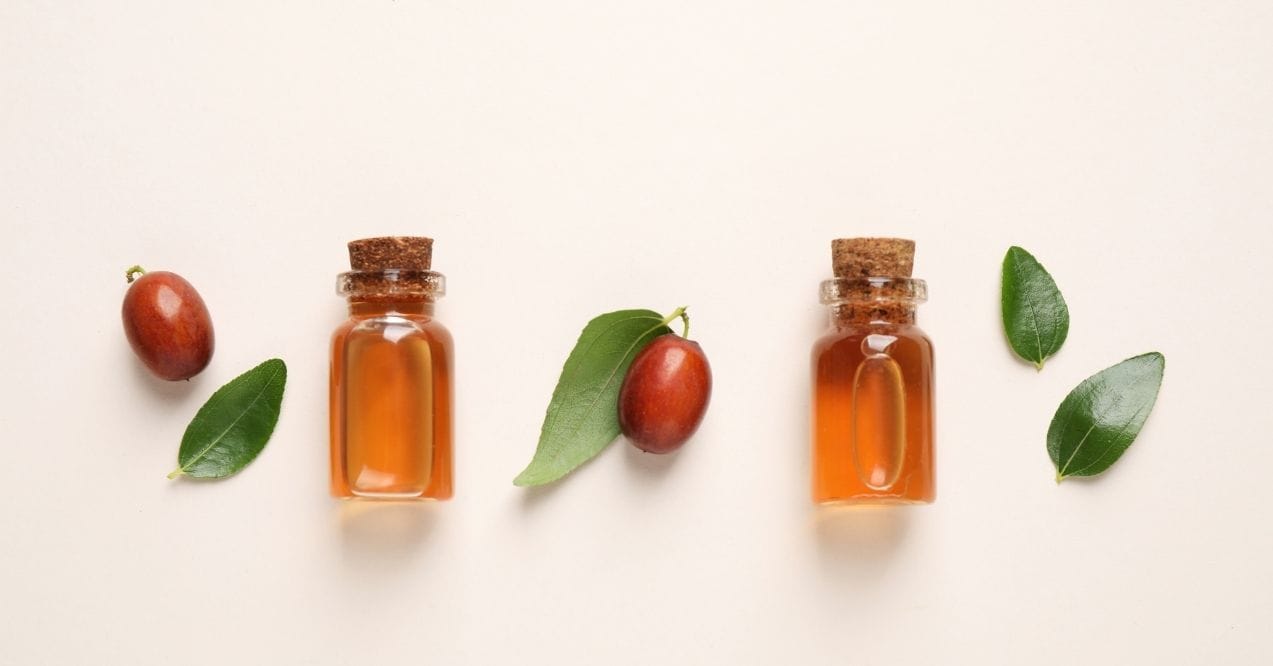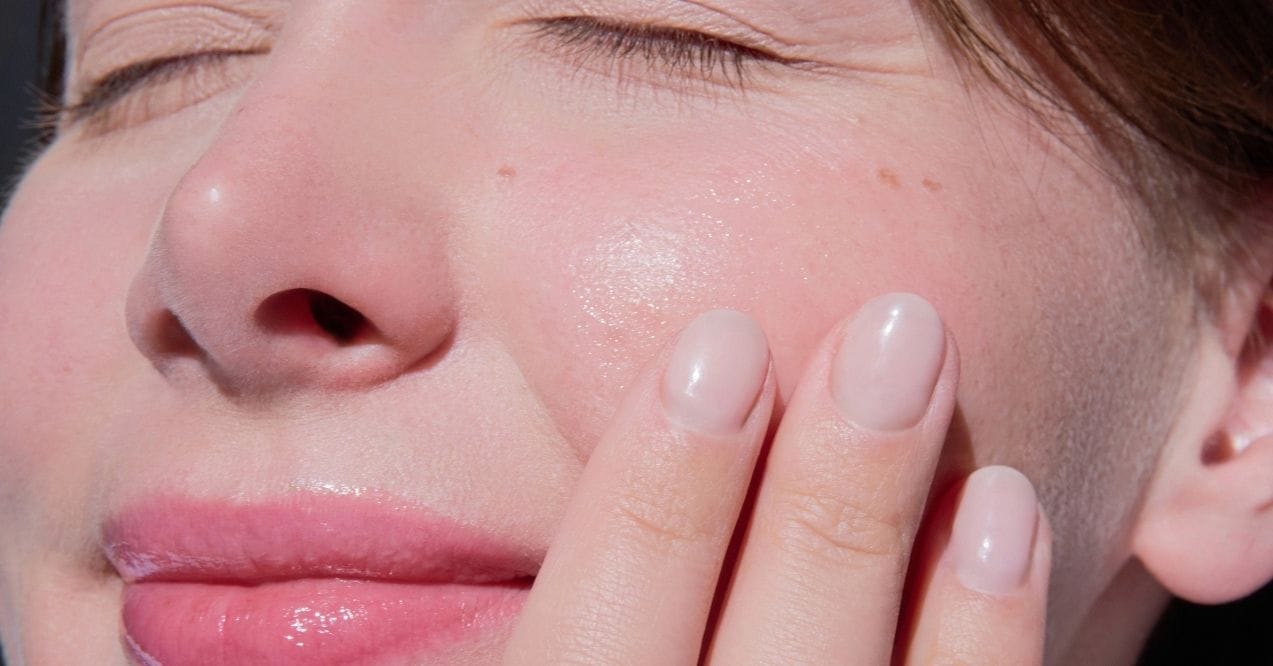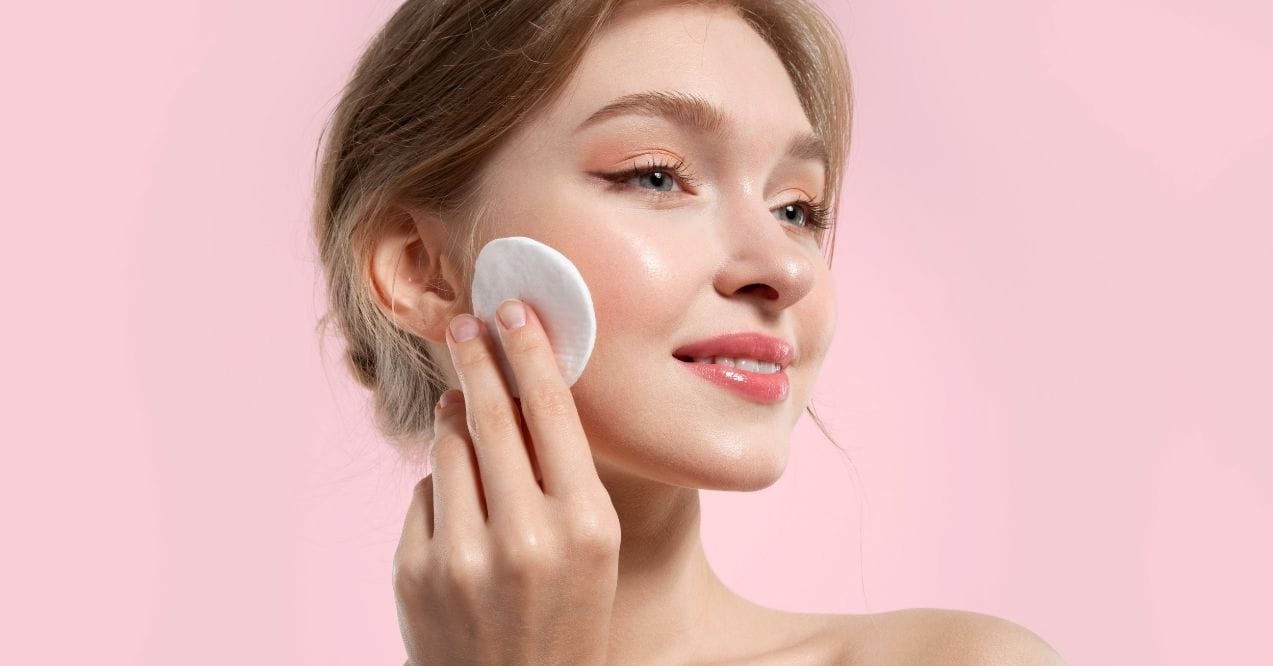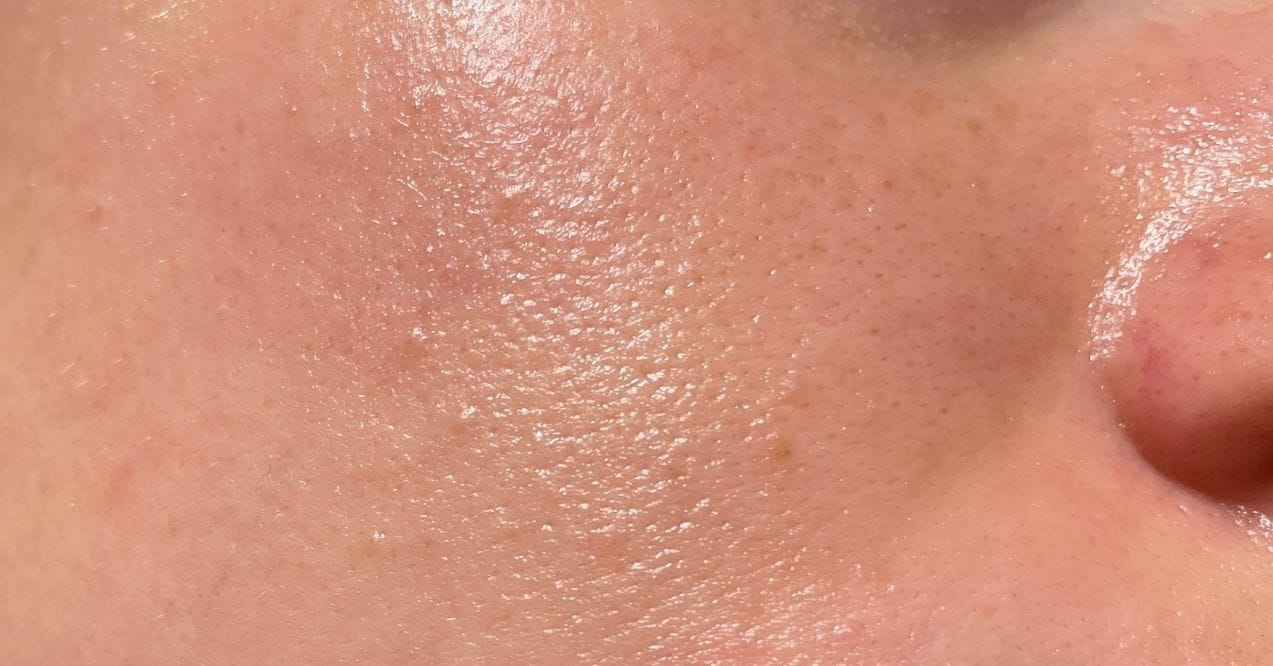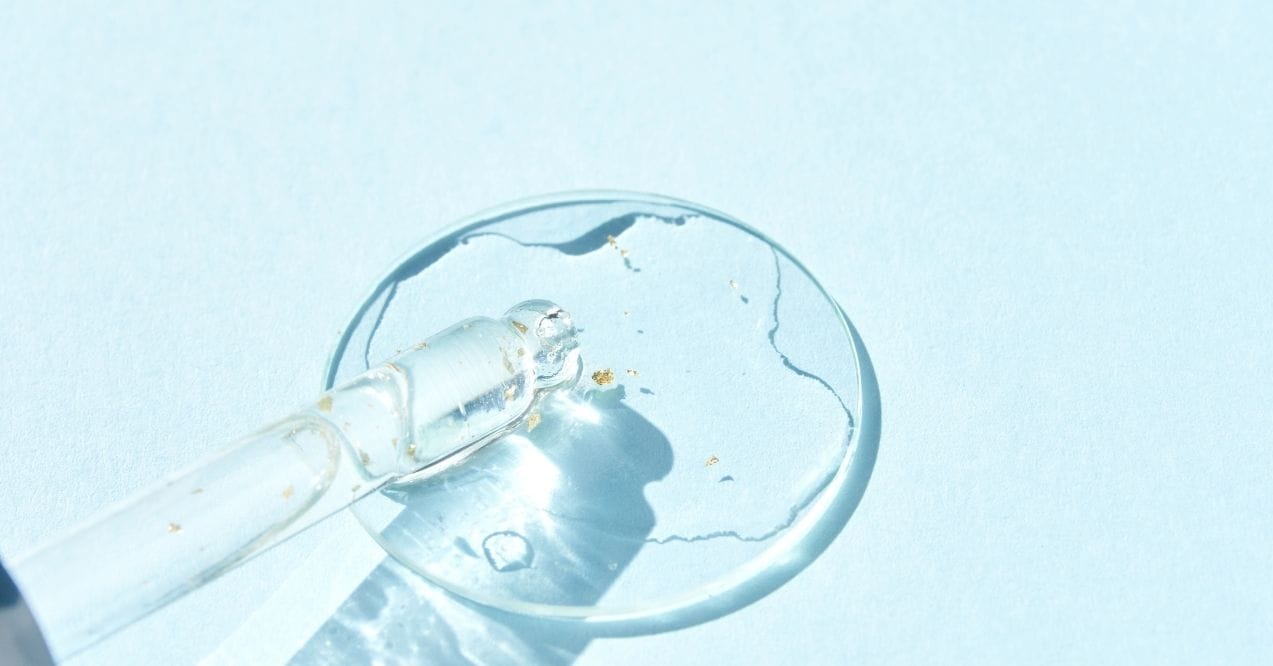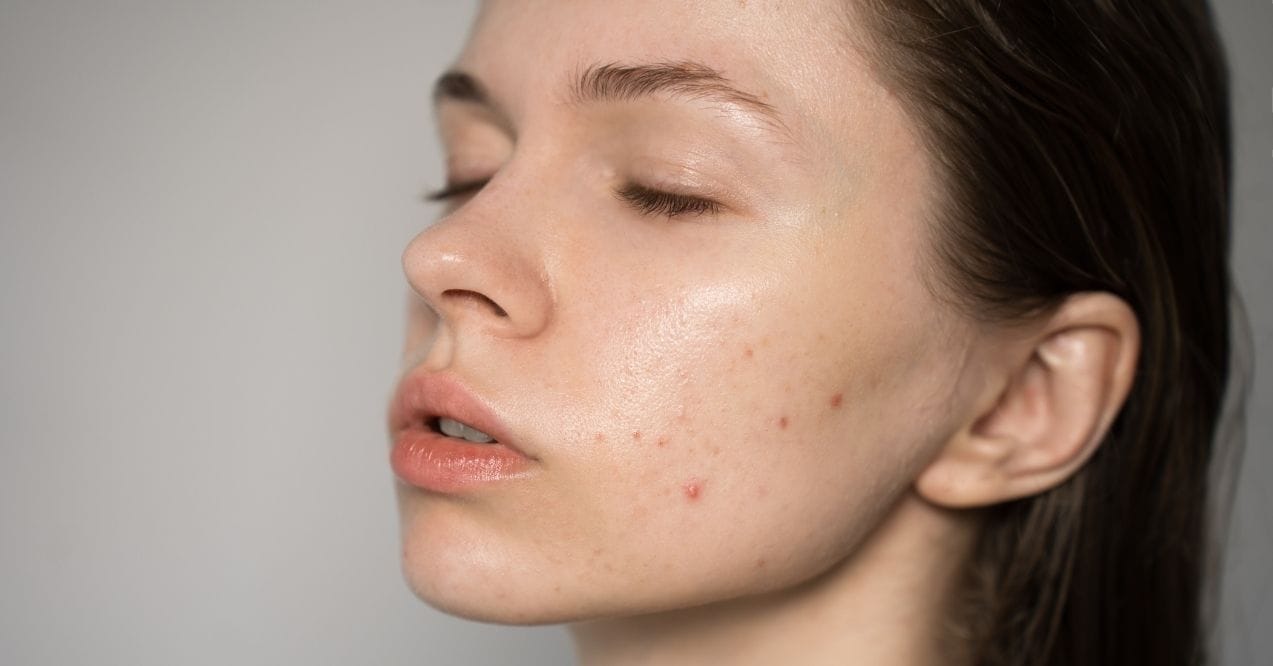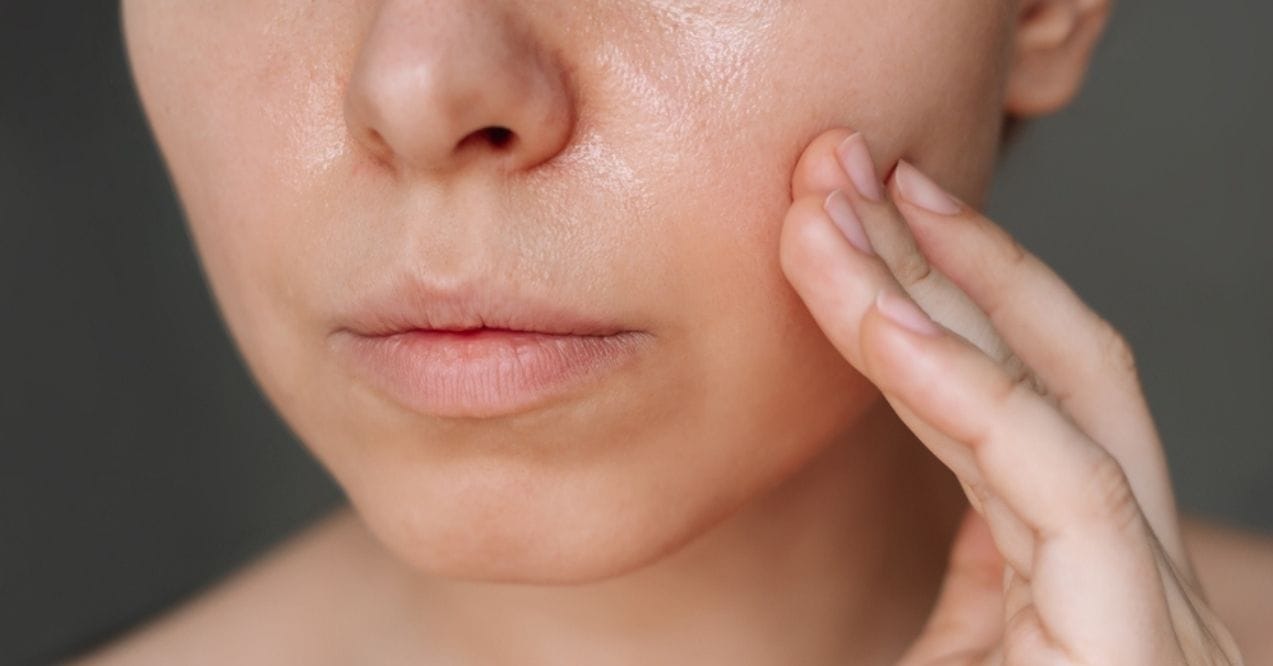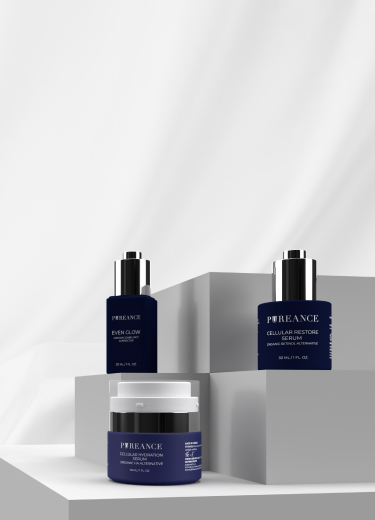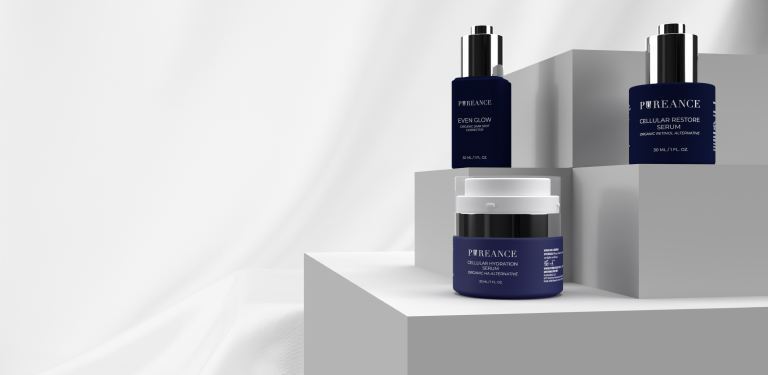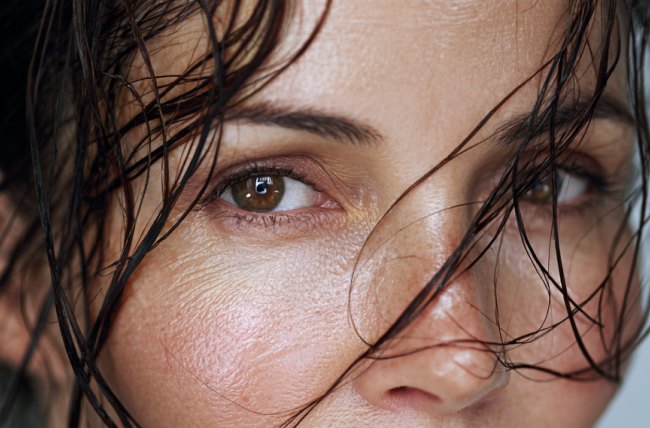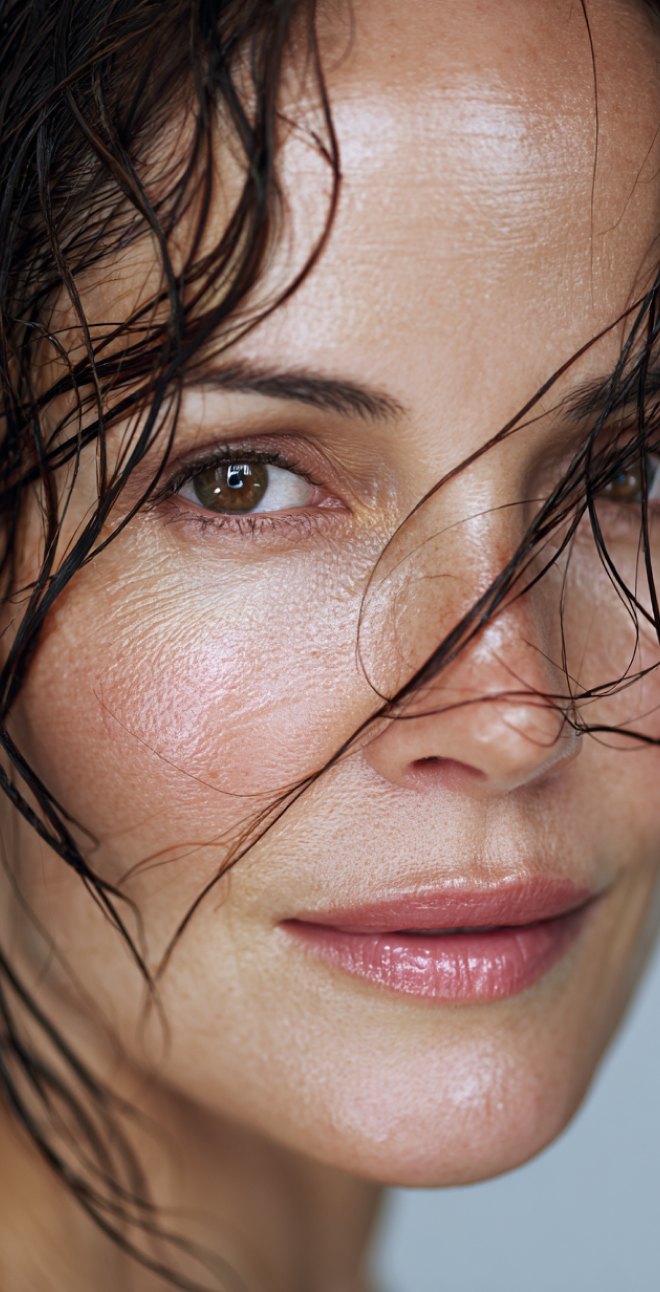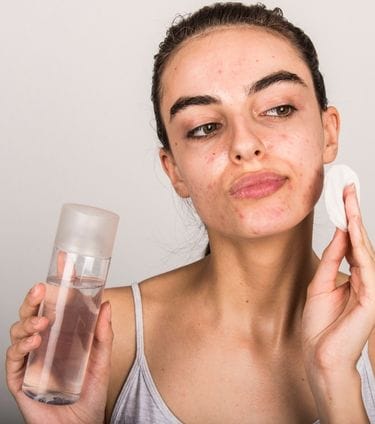


The Ultimate Skincare Routine for Oily Skin
A skincare routine for oily skin needs special attention to balance oil production while keeping skin healthy. Dealing with that midday shine, enlarged pores, and unexpected breakouts can feel like an ongoing battle. But with the right approach, you can manage these issues and achieve a clearer complexion.
Creating an effective skincare routine doesn’t just control excess oil – it also helps prevent breakouts, keeps your skin balanced, and promotes overall skin health. By selecting the right products and following consistent steps, you’ll notice improvements in how your skin looks and feels day to day.
Want to know why your skin might suddenly be oilier than usual? Check out our guide on sudden changes in oil production.
Key Article Findings
- Consistency with the right skincare routine order for oily skin can make a huge difference in managing shine and breakouts.
- Including oil-controlling ingredients like salicylic acid and niacinamide may help regulate sebum production.
- Morning and evening routines should differ slightly to address different needs throughout the day.
Key Considerations for an Oily Skin Skincare Routine
When creating a skincare routine for oily skin, you need to focus on specific goals that address your skin’s unique needs. First, aim to keep oil production in check without completely stripping your skin. This balance is key – when skin gets too dry, it often responds by producing even more oil!
Your routine should also help prevent clogged pores that lead to breakouts. Products that gently exfoliate can keep pores clear of debris and dead skin cells. Look for formulas that refine pore appearance over time while providing lightweight hydration.
Not sure if you have oily or dry skin? The differences can sometimes be subtle. Learn how to tell oily skin vs dry skin so you can choose the right products.
AM Skincare Routine for Oily Skin
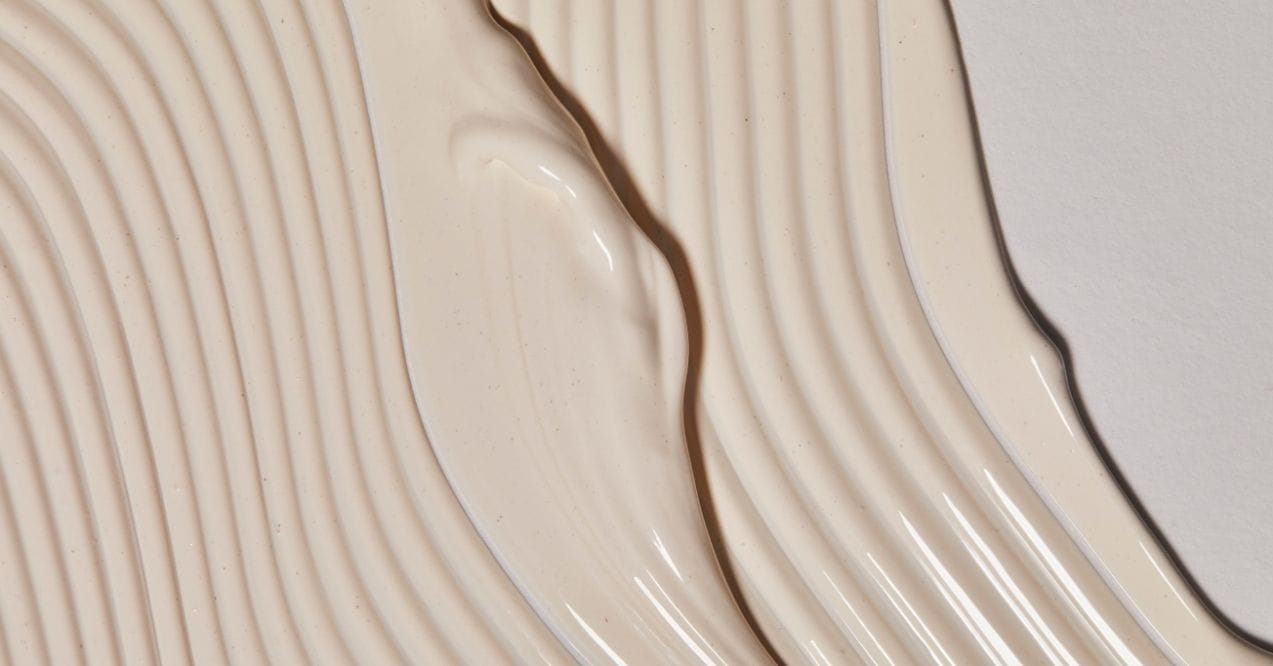
Your morning skincare steps for oily skin set the tone for how your complexion behaves throughout the day. A good morning routine balances oil production, protects skin from environmental factors, and creates a smooth base for makeup (if you wear it). Follow these steps for best results.
Cleansing
Start your day with a gentle yet effective cleanser that removes excess oil without stripping your skin. Gel or foam formulas often work well as they cut through oil while providing a deep clean.
Look for cleansers with mild surfactants that clean thoroughly but won’t disrupt your skin’s natural barrier. A good morning cleanser leaves your skin feeling fresh – not tight or squeaky clean, which can signal over-cleansing.
Toning
After cleansing, apply a balancing toner to reset your skin’s pH and refine pores. Avoid toners with high alcohol content as they can trigger more oil production.
Instead, opt for formulas with gentle astringents and hydrating ingredients that remove any lingering impurities. A good toner can also prepare your skin to better absorb the products you apply next.
Serum & Treatment
Morning serums for oily skin should be lightweight and focused on oil control and protection. Niacinamide serums can help regulate sebum production while soothing irritation. Vitamin C provides antioxidant protection against environmental damage and helps fade dark spots from past breakouts.
Sunscreen
Never skip sunscreen, even with oily skin! Choose an oil-free, non-comedogenic formula with at least SPF 30. Many brands now offer matte-finish sunscreens specifically for oily complexions that provide protection without the greasy feeling or white cast of traditional sunscreens.
Reapply throughout the day, especially if you’re spending time outdoors.
PM Skincare Routine for Oily Skin

Your evening routine is the perfect time to focus on deeper cleansing and treatments that work overnight. An effective PM skincare routine for oily skin removes the day’s buildup and helps repair and renew your skin while you sleep.
Double Cleansing
Evening cleansing deserves extra attention to remove makeup, sunscreen, and the day’s oil and pollution. Start with an oil-based cleanser that breaks down makeup and sunscreen.
Follow with a gentle foaming cleanser to remove any remaining residue and clean pores thoroughly. This two-step approach ensures a truly clean canvas without stripping away essential moisture.
Exfoliation
Exfoliation is a key step for oily skin, but limit it to 2-3 times weekly. Chemical exfoliants containing AHAs (like glycolic acid) or BHAs (like salicylic acid) work best for oily complexions as they penetrate deeper than physical scrubs and help dissolve excess oil in pores.
Discover what BHA can do for your skin and why it’s particularly helpful for managing oiliness and breakouts.
Treatment
Nighttime is ideal for active treatments that target specific concerns. Consider adding a retinol product to your routine, starting with a lower concentration and gradually building up. Retinol may help speed up cell turnover, unclog pores, and smooth skin texture over time.
For active breakouts, spot treatments with ingredients like sulfur or benzoyl peroxide can be applied directly to problem areas before your moisturizer.
Moisturizing
Yes, oily skin absolutely needs moisture! Skip this step and your skin might produce more oil to compensate. Choose oil-free, water-based, or gel moisturizers labeled “non-comedogenic” that won’t clog pores.
Look for lightweight formulas containing hyaluronic acid, which provides hydration without heaviness, or niacinamide, which helps regulate oil production while moisturizing.
Key Ingredients to Include
The right ingredients make all the difference in an oily skin skincare routine. These powerhouse components target excess oil, clear congestion, and help maintain clearer skin long-term.
Let’s explore the most effective ingredients you should look for when shopping for products.
Salicylic Acid (BHA)
Salicylic acid is a star ingredient for oily skin. This oil-soluble acid can penetrate deep into pores to dissolve excess sebum and clear out dead skin cells that cause clogs. Regular use may help prevent breakouts and reduce the appearance of enlarged pores.
Look for cleansers, toners, or treatments with 0.5-2% salicylic acid for daily or occasional use.
Niacinamide
This form of vitamin B3 is incredibly versatile for oily skin. Niacinamide may help regulate sebum production, strengthen the skin barrier, reduce redness, and improve overall texture. It’s gentle enough for daily use and pairs well with most other skincare ingredients.
For best results, look for products with 5-10% niacinamide concentration.
Clay and Charcoal
Clay and charcoal act like magnets for excess oil and impurities. Weekly masks containing kaolin, bentonite clay, or activated charcoal can help absorb oil and draw out pore-clogging debris.
These ingredients provide a deep cleanse without the harshness of some chemical treatments. Limit use to once or twice weekly to avoid over-drying your skin.
Retinoids
Retinoids (vitamin A derivatives) are some of the most research-backed ingredients for oily and acne-prone skin. They work by speeding up cell turnover, preventing the buildup of dead skin cells that can clog pores and trap oil underneath.
Start with over-the-counter retinol and use it 2-3 times weekly, gradually increasing frequency as your skin adjusts.
Mistakes to Avoid
Even with the best intentions, many people with oily skin make mistakes that can worsen their skin concerns. By avoiding these common pitfalls, you can maximize the benefits of your skincare routine and achieve better results.
Over-Cleansing
It seems logical – more oil means more cleansing, right? Wrong! Washing your face too frequently or with harsh cleansers strips away natural oils, triggering your skin to produce even more sebum to compensate.
Stick to cleansing twice daily with a gentle formula, and use blotting papers between washes if needed
Skipping Moisturizer
Many people with oily skin skip moisturizer, fearing it will make their skin greasier. This is a major mistake! Without proper hydration, your skin often overproduces oil to protect itself from drying out.
Choose lightweight, oil-free formulas and apply them consistently to maintain balanced hydration.
Using Harsh Exfoliants Too Often
While exfoliation helps manage oily skin, overdoing it can damage your skin barrier. Physical scrubs with rough particles can create micro-tears, while daily use of strong acids may lead to irritation, redness, and – ironically – increased oil production.
Limit exfoliation to 2-3 times weekly and choose gentle chemical exfoliants over harsh physical scrubs.
Long-Term Tips for Managing Oily Skin
Beyond your daily skincare routine, several lifestyle factors can influence how oily your skin appears. These long-term strategies complement your skincare routine for oily skin and help maintain results over time.
Diet and Lifestyle
What you eat and how you live may affect your skin’s oil production. While research is still evolving, many dermatologists suggest limiting high-glycemic foods (like white bread and sugary snacks) that might trigger inflammation and oil production in some people.
Stay hydrated, manage stress levels through exercise or meditation, and get adequate sleep – all of which may help regulate sebum production.
Regular Facials and Dermatologist Visits
Professional treatments can complement your at-home routine. Monthly facials with extractions can deep-clean pores in ways that aren’t possible at home. For persistent oiliness or acne, a dermatologist can recommend prescription treatments or procedures like chemical peels.
These experts can also help adjust your routine seasonally, as oil production often changes with weather and hormonal cycles.
Conclusion
Creating an effective skincare routine for oily skin is about balance – controlling excess oil while maintaining hydration. By following the am and pm skincare routine for oily skin outlined above and incorporating the right ingredients, you can manage shine, reduce breakouts, and improve your skin’s overall appearance.
Be patient with your skin as it adjusts to new products, and don’t hesitate to consult a dermatologist if your oiliness persists despite your best efforts. With the right approach, oily skin can become one of your best assets – less prone to wrinkles and often maintaining a natural, healthy glow.
Cleanse, tone, apply serums or treatments, moisturize, and finish with sunscreen in the morning. This sequence helps products absorb properly while maintaining oil control throughout the day.
Use gentle, pH-balanced cleansers, incorporate oil-controlling ingredients like niacinamide, and never skip moisturizer. Blotting papers can help manage midday shine without stripping skin.
Exfoliate 2-3 times weekly with chemical exfoliants like salicylic acid. Overdoing it can damage your skin barrier and potentially increase oil production.
Yes! Clay or charcoal masks used 1-2 times weekly can help absorb excess oil. Hydrating masks with non-comedogenic ingredients can also benefit oily skin that needs moisture.
This site offers health, wellness, fitness and nutritional information and is designed for educational purposes only. You should not rely on this information as a substitute for, nor does it replace, professional medical advice, diagnosis, or treatment. If you have any concerns or questions about your health, you should always consult with a physician or other health-care professional. Do not disregard, avoid or delay obtaining medical or health related advice from your health-care professional because of something you may have read on this site. The use of any information provided on this site is solely at your own risk.
Nothing stated or posted on this site or available through any services are intended to be, and must not be taken to be, the practice of medical or counseling care. For purposes of this agreement, the practice of medicine and counseling includes, without limitation, psychiatry, psychology, psychotherapy, or providing health care treatment, instructions, diagnosis, prognosis or advice.
